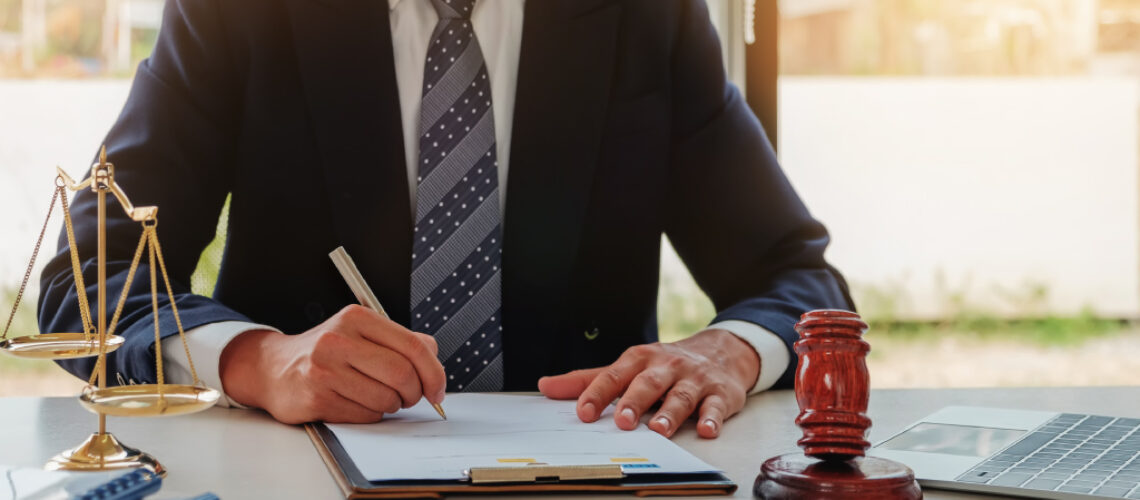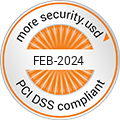America, the land of opportunity – a title that’s also fitting when we talk about the enforcement of claims for copyright infringement. Contrary to Germany, the prosecution of legal infringements is often more time-consuming and expensive in the United States. However, the injured party is also entitled to much higher sums of compensation than in Germany.
This article describes the basic laws that are available to seek damages in a copyright lawsuit and how photographers can maximize their chances for successful enforcement.
The ownership of a copyright is a property right. If an infringing party fails to respond to our post-licensing offer as well as to our demands to payment of compensation, then the only remaining option is legal enforcement. A successful plaintiff in a copyright infringement case is entitled to choose between actual damages on the one hand and statutory damages on the other. This choice can be made at any time before judgment is rendered.
American law defines actual damages as any lost profits that proximately result from the infringement. This must be substantiated by the plaintiff with evidence. However, infringements often occur before a photographer is established and profitable with his company and therefore verifiable damages can thus be rather minimal. Should this be the case, then the plaintiff is entitled to the defendant’s profits. Alternatively, statutory damages can be claimed.
In the case of statutory damages, the judge decides on the amount to be paid. The sum can range from $750 to $30,000, depending on what the court considers just. Importantly, the judge awards these damages for each work that was infringed upon. Further, a plaintiff who can prove that the infringement was “willful” can recover up to $150,000 in statutory damages. If the defendant proves, however, that he or she “was not aware and had no reason to believe that his or her act constituted an infringement”, then damages can be reduced to $200. However, the amount of statutory damages should be sufficiently high to deter future infringements.
In the following we would like to present some cases in which we were able to reach agreements with infringing parties thanks to our highly specialized cooperation partners:
Editorial use in a blog
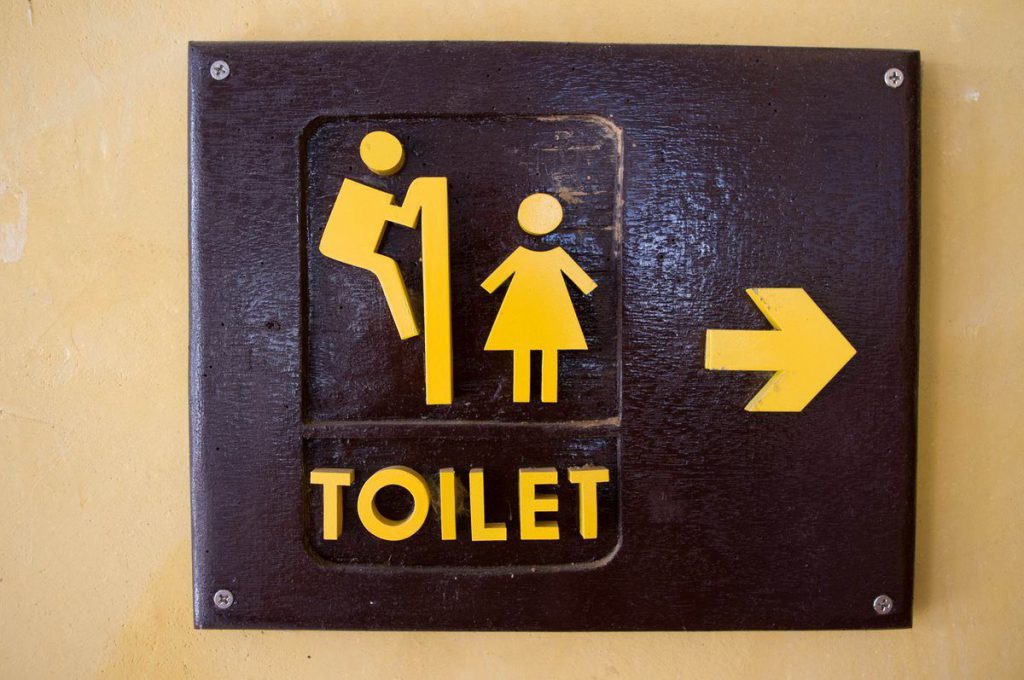
The person responsible for the illegitimate use of this picture agreed to pay a sum of $3,500*. He used the image on a blog about Christianity for about three and a half years.
You can find more images of Ryan & Raymond here.
Use in a company blog
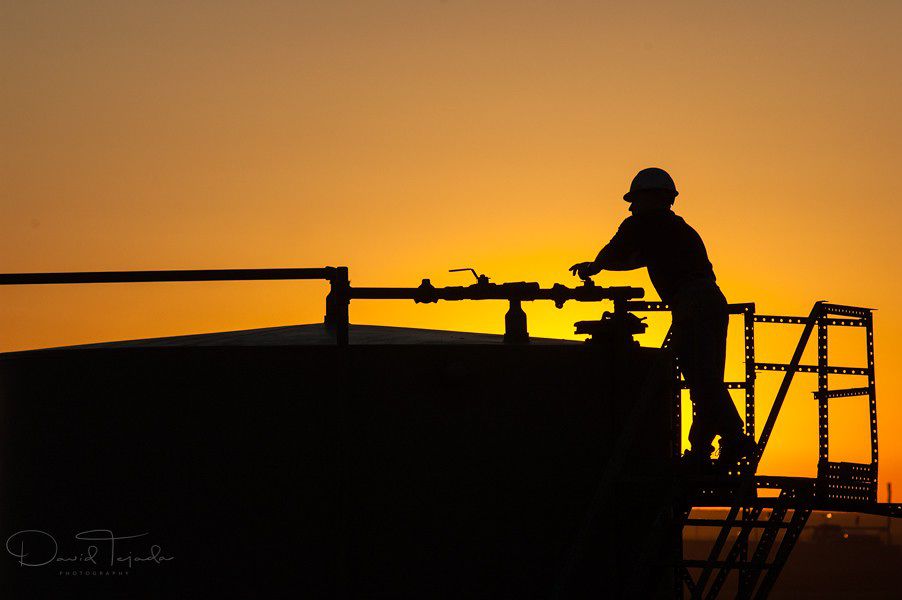
$5,500* was the sum agreed upon for the use of the following picture. It was used editorially for 10 years on the blog of a consulting company in Texas.
Commercial use in a company blog
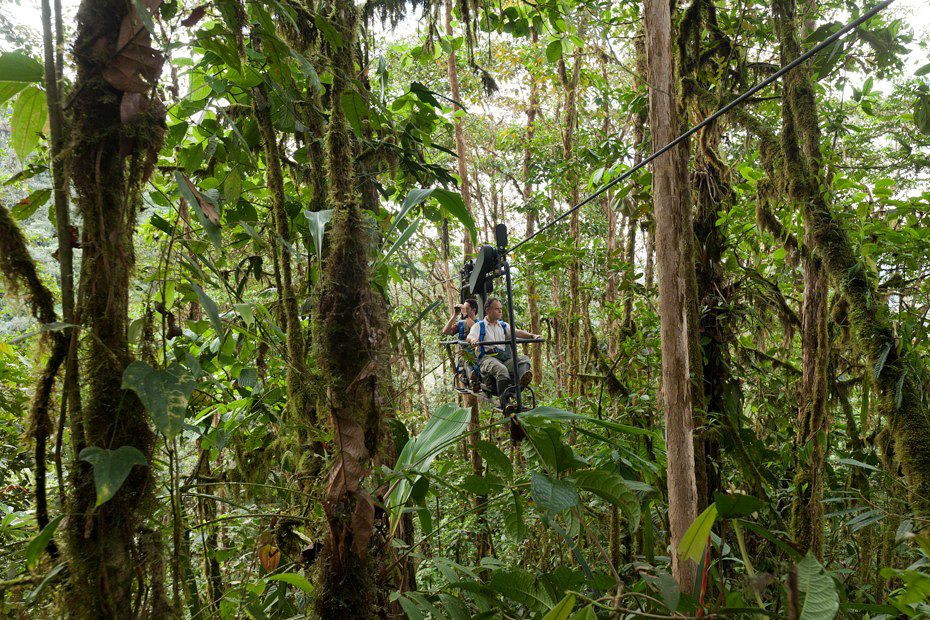
The owner of the blog had to pay $7,500* for using this image for 7 months to advertise bags.
Use in an online magazine
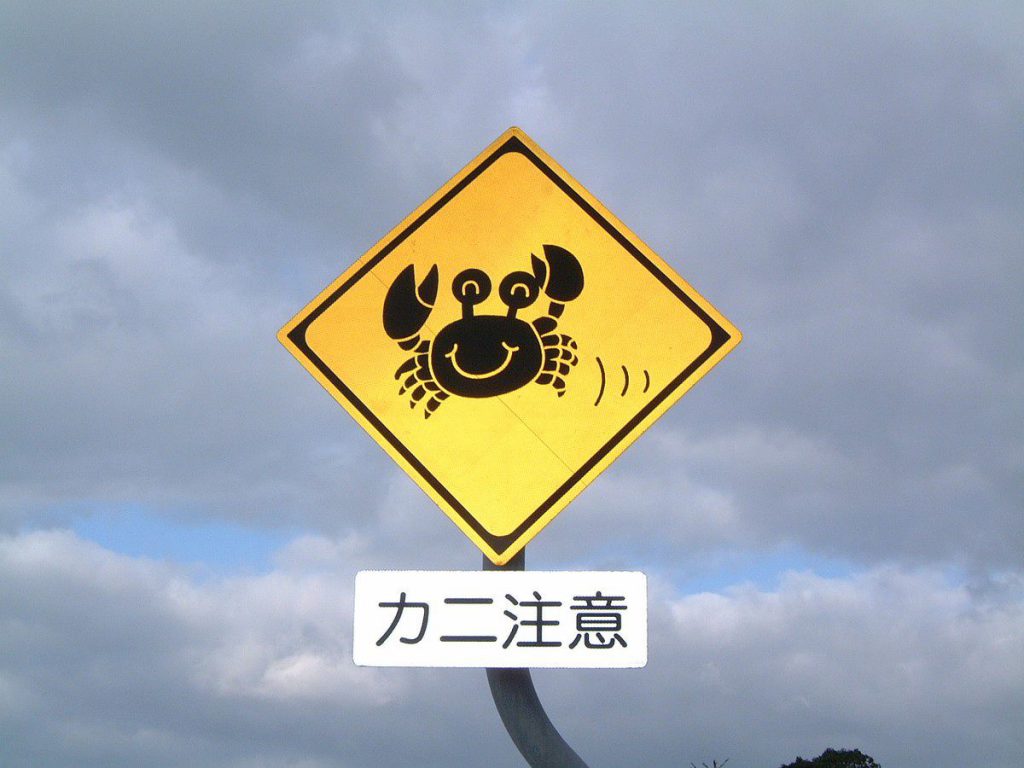
An American online lifestyle magazine used this picture for at least 6 years without a license and agreed with us on a fee of $11,500*
Use on a company website

We were able to agree on the amount of $12,500* with the infringer, who used the image very prominently on the website of his landscaping company for about 16 months.
Use in a radio station website
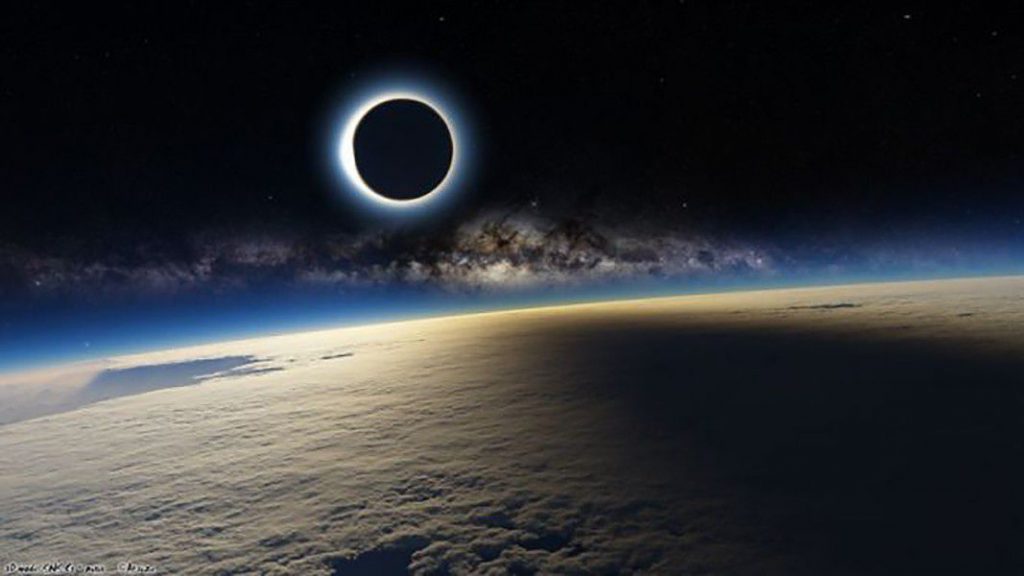
The person responsible for the unauthorized use of the image agreed to pay the sum of $15,000*. He had used the picture on a local radio station’s website for about a year and a half.
More information
As in German copyright law, a work is “automatically” protected by copyright laws after its creation. An application or registration of the copyright is voluntary.
De facto, however, many authors have opted to register their images, as this provides the advantage of proving a copyright claim quickly and easily. When it comes to claims for damages, this puts us in a more favorable situation in the event of a court case – and not only in the USA.
In order to be able to enforce the claims of all our customers in the best way possible, Copytrack registers the disputed images with the US Copyright Register. We recommend this to all photographers who have a large number of infringements in the USA. The registration of your images improves your negotiation position tremendously. It’s best to apply for registration in the US Copyright Register within the first 3 months of the first publication of an image.
This is an important step because, as already mentioned, authorship of an image must be proven at the latest during legal proceedings.
Even though we are willing to settle out of court in most cases, we are not afraid to take our customers’ cases to court. However, so far we have been able to bring all legal proceedings filed to a speedy conclusion without a judgment and in the best interests of our customers. This is in large part because the infringers have shown a willingness to negotiate after the case has been filed.
*The amount negotiated by our partners always includes the costs of legal enforcement, which are deducted before distribution to our customers.

